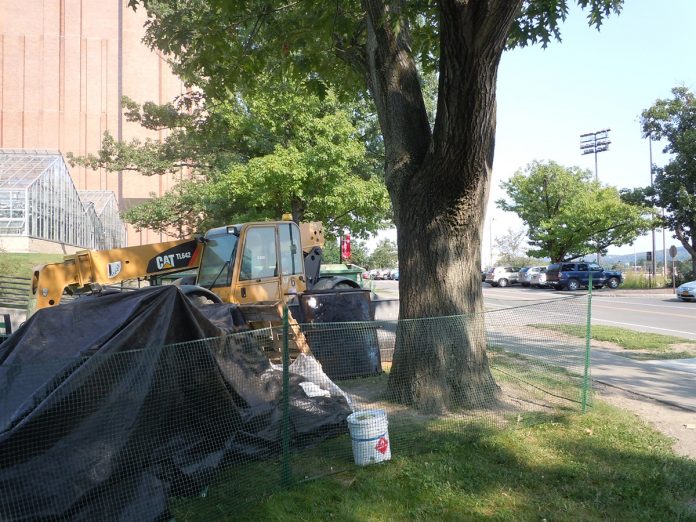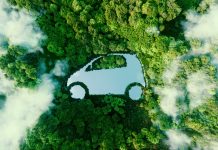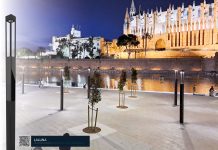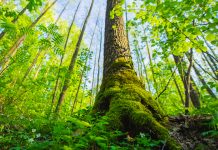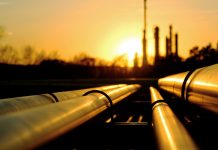Dr Nina Bassuk, Professor at Cornell University, tells us precisely why site assessments are key to sustainable urban tree establishment
The most recent report of the United Nations Intergovernmental Panel on Climate Change (IPCC) painted a bleak picture regarding the loss of forests due to the demands of our food system- from the way we clear land for farming, transporting products and package them for consumer consumption.
One of the strategies for combatting climate change is the planting of more trees, especially in urban and marginal lands. Trees provide numerous ecosystem services, foremost among them the removal of carbon dioxide from the air and sequestering it in the wood of trees through the process of photosynthesis. However, as laudable and seemingly simple this goal is, large tree-planting programmes in urban areas often fall short of the desired intent of creating large tree canopies to mop up CO2.
The keys to creating a healthy tree canopy is to assess site conditions, choose the appropriate tree species, prepare and design for adequate growing space – especially below ground – and transplant the tree with a reasonable amount of early aftercare. The first step of this process is often overlooked.
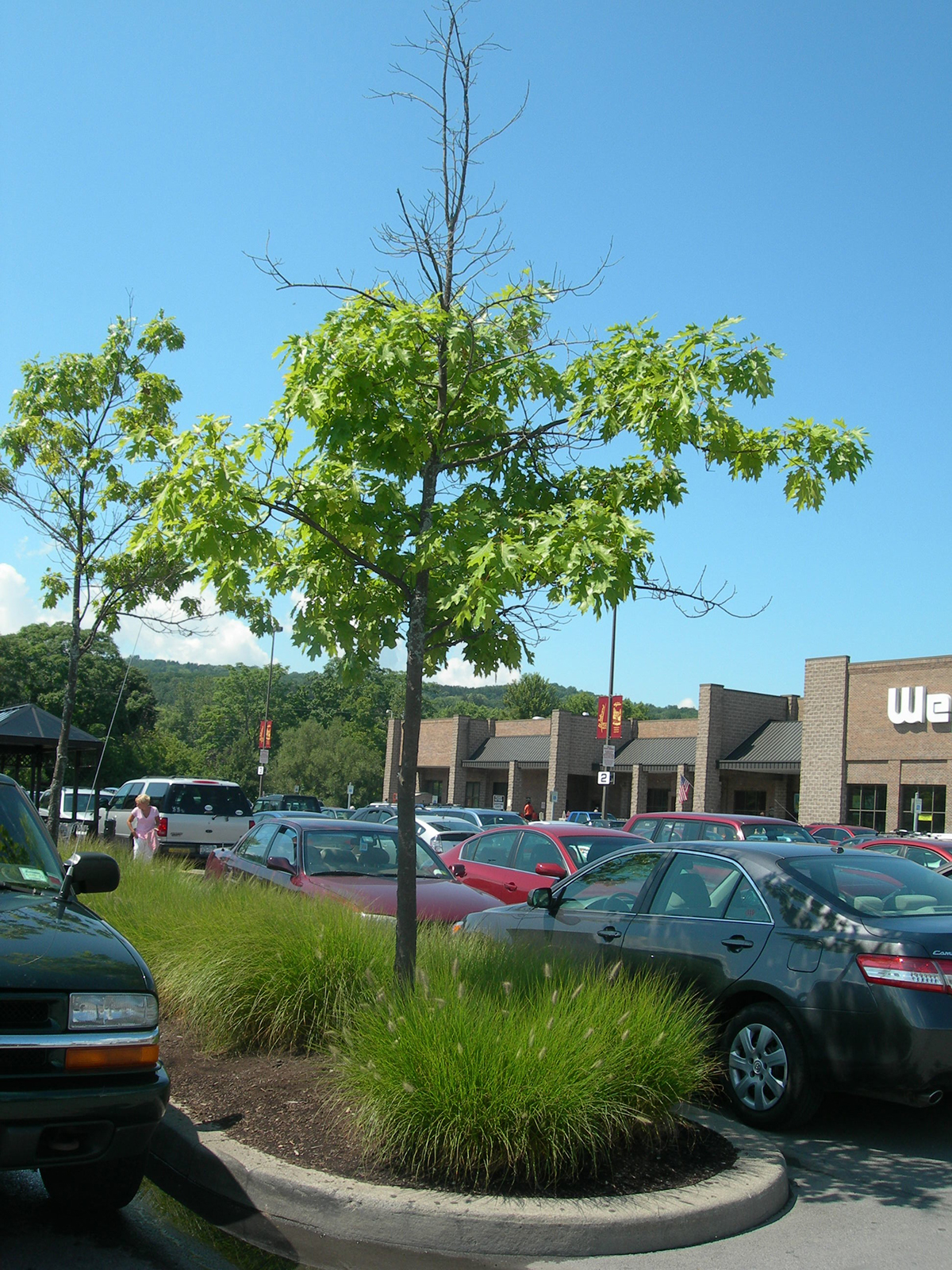
A site assessment is a thorough and detailed evaluation of landscape site conditions to understand limitations or opportunities for successful plant growth and to maximise the potential for a healthy tree canopy.
With all of the best of intentions, anyone trying to plant trees or create a landscape in an urban context needs to have a firm understanding of environmental resources that allow trees to grow to their envisioned size.
Most of the places we live in, whether rural, suburban or urban have been significantly impacted by human activities, whether it is by building a house, creating roads, laying pavement for a sidewalk or a parking lot. These alterations are unquestionably more numerous in an inner-city areas than rural villages, yet they are fundamentally the same in terms of their impact.
We need to approach planting activities in human-impacted landscapes as rigorously as we engineer the urban environment into which we place them. No one would think of building a house without adhering to sound construction principles. Yet, with trees in the urban context, we seem to feel that they will take care of themselves. The urban landscape has modified and disturbed urban soils through their removal and replacement, re-grading, compaction, cutting and filling and contamination in the process of creating the built environment. All these impacts profoundly change the physical, chemical and biological nature of the soil, the very substrate that trees depend on for so many of their vital resources.
Back to basics
The most basic questions asked during a site assessment relate to the acquisition of vital resources for plant growth: water, light, oxygen and carbon dioxide, nutrients and appropriate temperatures. Where is the water coming from? Is the plant getting too little water due to soil restrictions or too much water due to lack of drainage or a high water table – or perhaps both alternating at different times of the year? Is the soil so dense that roots cannot grow, thereby, limiting their ability to take up water in a restricted soil volume? Are there enough available nutrients in the soil? Changes in soil pH can make nutrients more or less available to be taken up by plant roots. In urban environments because of anthropic materials incorporated into the soil, pH can vary significantly.
Is there enough oxygen? All parts of the plants, shoots and roots, need oxygen. If soil drainage is impaired and all soil pores are filled with water, then oxygen will be limited and roots may die. Or if a gas leak displaces oxygen in the soil, plant roots will also suffer. Lack of oxygen in the root zone is one of the fastest killers of vegetation. Is there enough light for plant growth? Light is the driving force of photosynthesis. Many plants have evolved to take advantage of varying levels of light; however, trees, for the most part, being the tallest plants in the landscape require about six hours of sun a day during the growing season, according to estimates. Urban environments with tall buildings that cause false horizons can limit the amount of direct sunlight that trees receive.
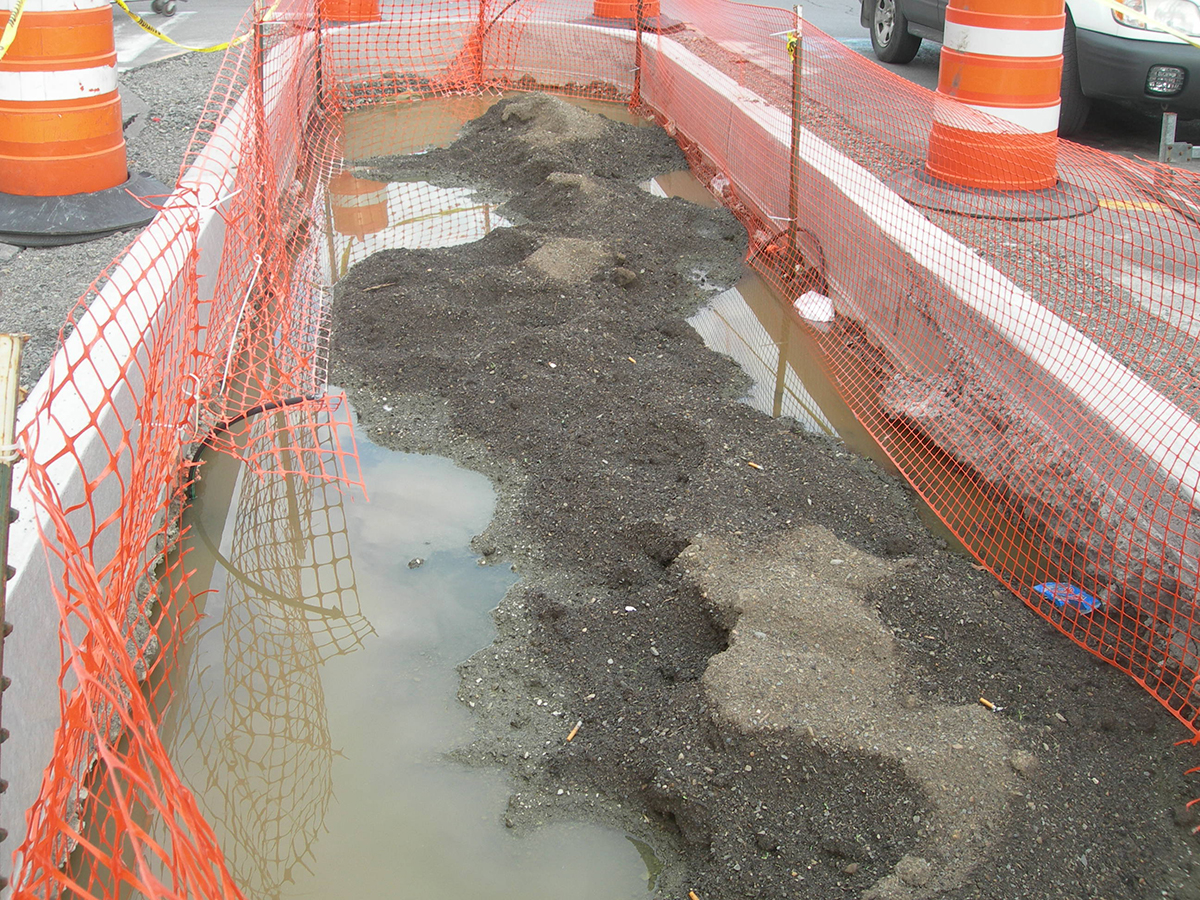
Carbon dioxide is rarely a limiting factor in the urban environment or elsewhere. It is the essential gas necessary for the production of carbohydrates during photosynthesis. However, if plants experience water deficits, their stomata (pores that regulate water loss and carbon dioxide uptake in the leaves) close to prevent greater water loss. When this occurs carbon dioxide is prevented from entering the leaf and photosynthesis is reduced.
Are temperatures appropriate for plant growth? Urban areas are found to create ‘heat islands’ that can increase temperatures several degrees from the surrounding countryside. More importantly, are the microclimate effects of building facades increasing the reflected and radiating heat from car tops and asphalt that can cause trees to lose water faster or in extreme cases, directly damage leaves? If trees are in restricted soil conditions so that the increased demand for water is not be met, tree growth or survival might, therefore, suffer.
A process of establishment
With a good understanding of site conditions that promote or limit opportunities for planting, it is now possible to proceed in the plant establishment process. After site assessment, we can then ask about what plants are best adapted and support biodiversity in the site? Matching up the site constraints or opportunities to plant requirements is the important next step in successful plant establishment.
*Please note: This is a commercial profile

